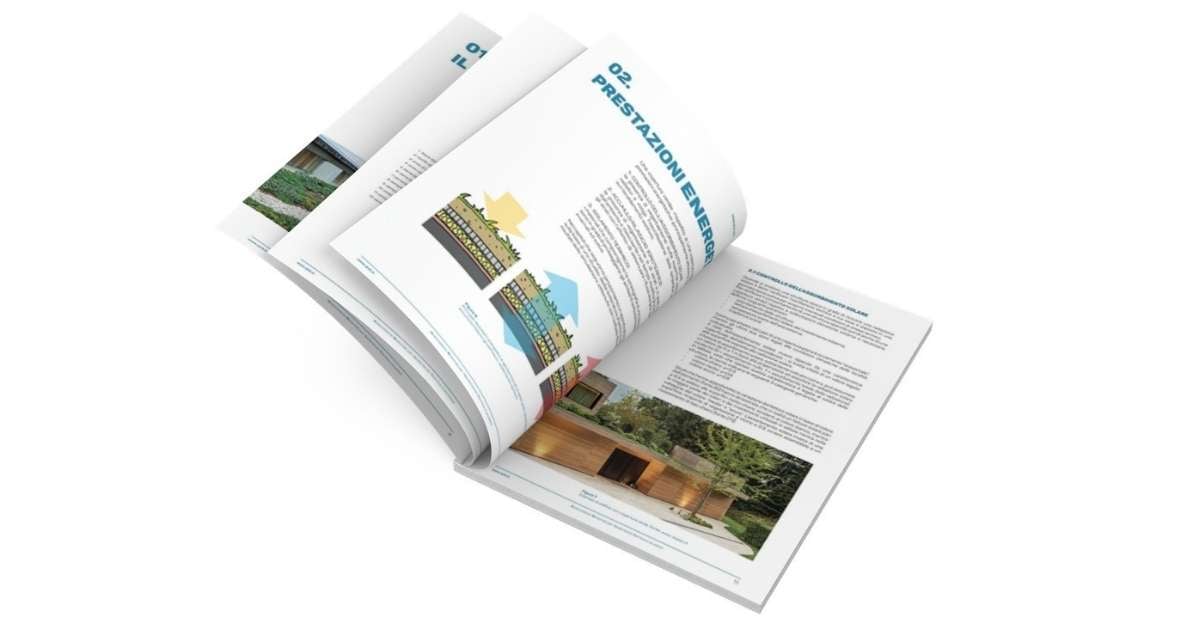The solution of covering the roof of a building with vegetation has accompanied mankind for millennia; starting from one of the Seven Wonders of the World, the Hanging Gardens of Babylon, through the Etruscan and Sardinian burial mounds to the Icelandic Turf Houses, the covering of buildings with turf has always been used because of the great advantages its use provides.
However, whereas in past centuries, due to technological and material limitations, green roofs required continuous and 'major' maintenance work, nowadays, the evolution of materials and construction techniques make it possible to achieve the many advantages of installing a green roof without the need for a lot of maintenance work.
Interventions, however, have to be planned and implemented.
Isopan Green Roof
In collaboration with Daku Italia, Isopan has developed the Green Roof system, succeeding in guaranteeing all the advantages of a green roof together with the fulfilment of the performances necessary to avoid infiltration phenomena, humidity stagnation, mould formation, with simple maintenance operations.
Green roof types
Green roofs can be divided into two categories, extensive green roofs and intensive green roofs, depending on the type of turf laid and in relation to the structural capacity of the slab that will receive it.
The extensive green roof carries loads that are compatible with most existing flat roofs; the higher loads generated by the intensive green roof are more suitable for new constructions, where the higher stresses will be taken into account in the structural calculation.
Green roof maintenance
The two categories of green roofs involve different maintenance operations; extensive green requires less maintenance than intensive green, but there are several operations that are common to both.
The choice of vegetation type has a direct effect on the extent of maintenance work.
Extensive green roof
The type of vegetation usually used for an extensive roof is very hardy (sedum, grasses, succulents); 'low' vegetation that does not require much work.
The height of the turf, however, is not always a guarantee for limited maintenance; an 'English' lawn, for example, requires constant maintenance; for aesthetic reasons and to avoid the proliferation of weeds, it must be mowed weekly. For this reason, English lawns should be avoided if frequent maintenance is not desired.
For an extensive green roof, one or two interventions per year can be carried out.
In particular, by monitoring the physiological and phytosanitary state of the vegetation layer, the possible presence of pests and weeds, which may affect the functionality of the system and which must be removed.
Irrigation may only be carried out occasionally in the event of prolonged drought to avoid water stress on the plants. In terms of time spent, the maintenance of an extensive roof varies from 3-4 hours/year to 6-7 hours/year.
Isopan Greenroof E-Base, E-Std and E-Plus roofing fall under this category.
Intensive green roof
On the other hand, the different species of botanical varieties present in an intensive green roof, with strong root and aerial vegetation such as grasses, turf, perennials or shrubs, require constant maintenance, as they are real gardens.
As in the extensive type, weeds and pests must be monitored, and all agronomic activities necessary for the proper management of green areas must be considered.
Regular watering is required. The required maintenance varies from 25 hours/year up to 30 hours/year for a high maintenance intensive roof.
Isopan Greenroof I-Std roofing falls under this category.
Interventions common to both types of green roofs are to be envisaged, if necessary:
- reseeding in areas without vegetation, or using cuttings;
- providing nutrients;
- check that drainage is working properly by removing any leaves or other material in gutters and drains.
The advantages of installing a green roof make this type of intervention increasingly popular, due to its positive effects on environmental well-being and energy savings and its contribution to improving the urban environment.
With careful but limited maintenance work, it is possible to enjoy its benefits over a long period of time.


